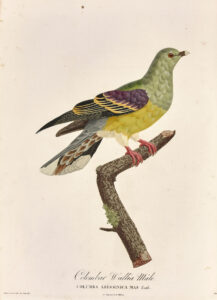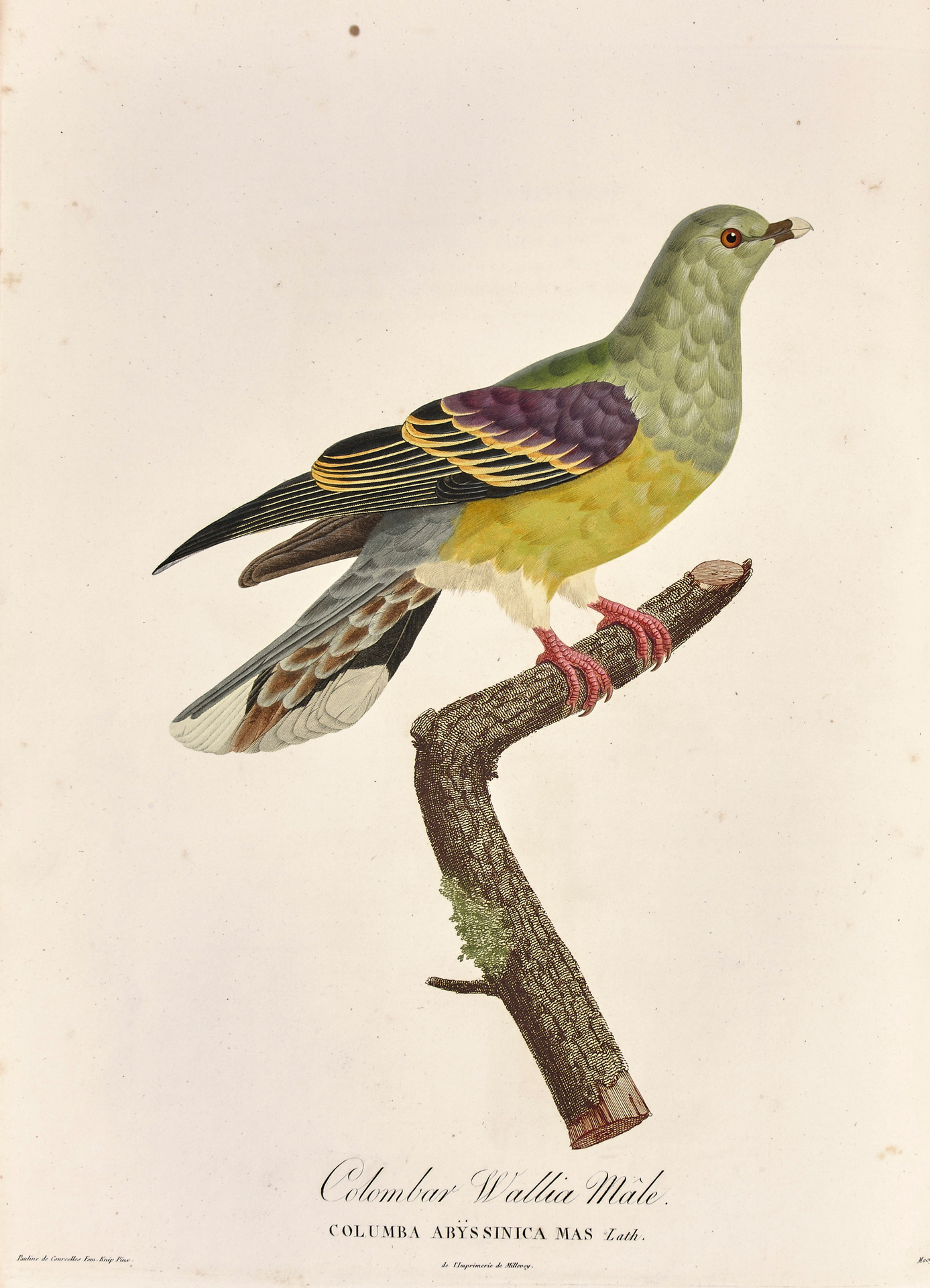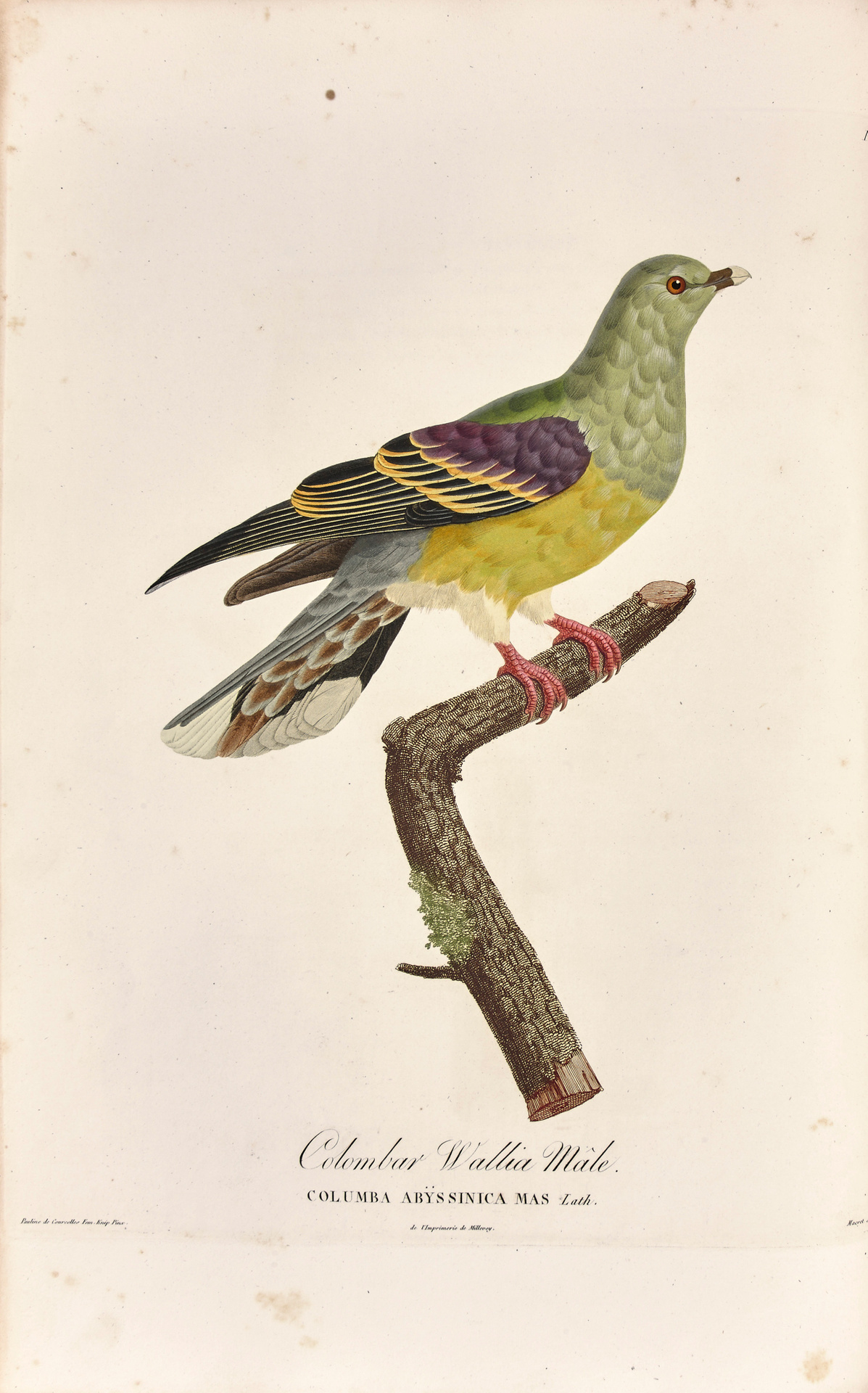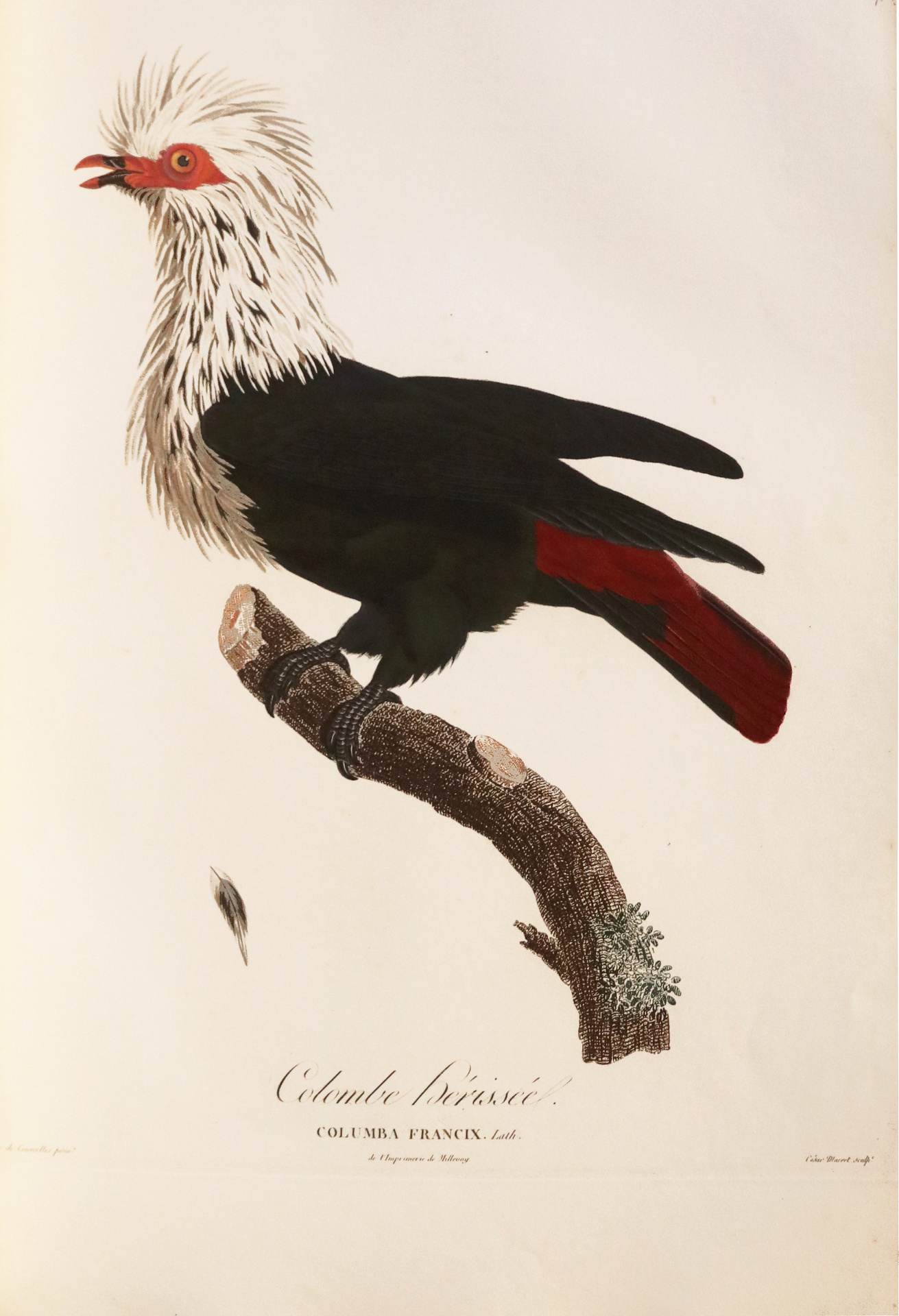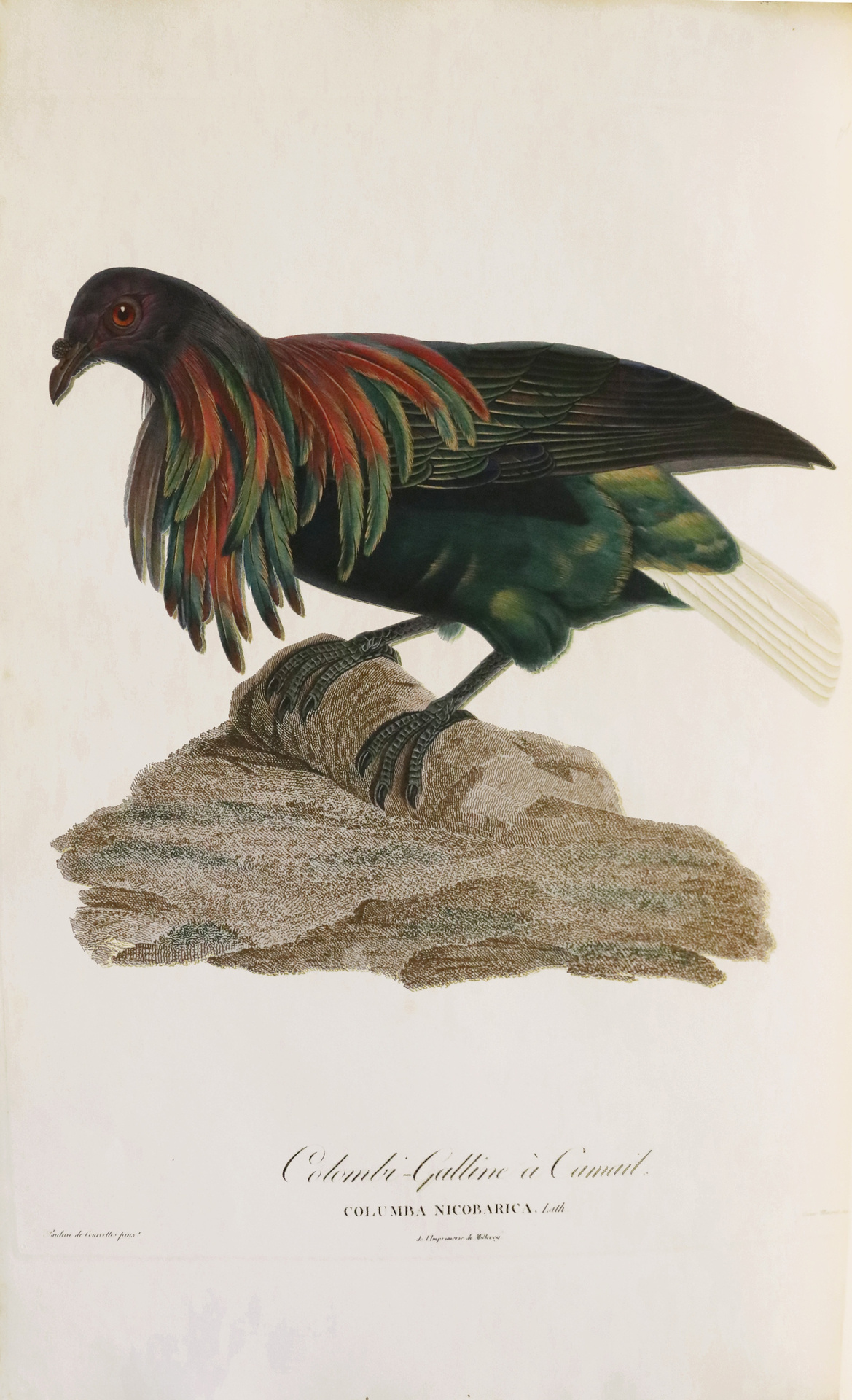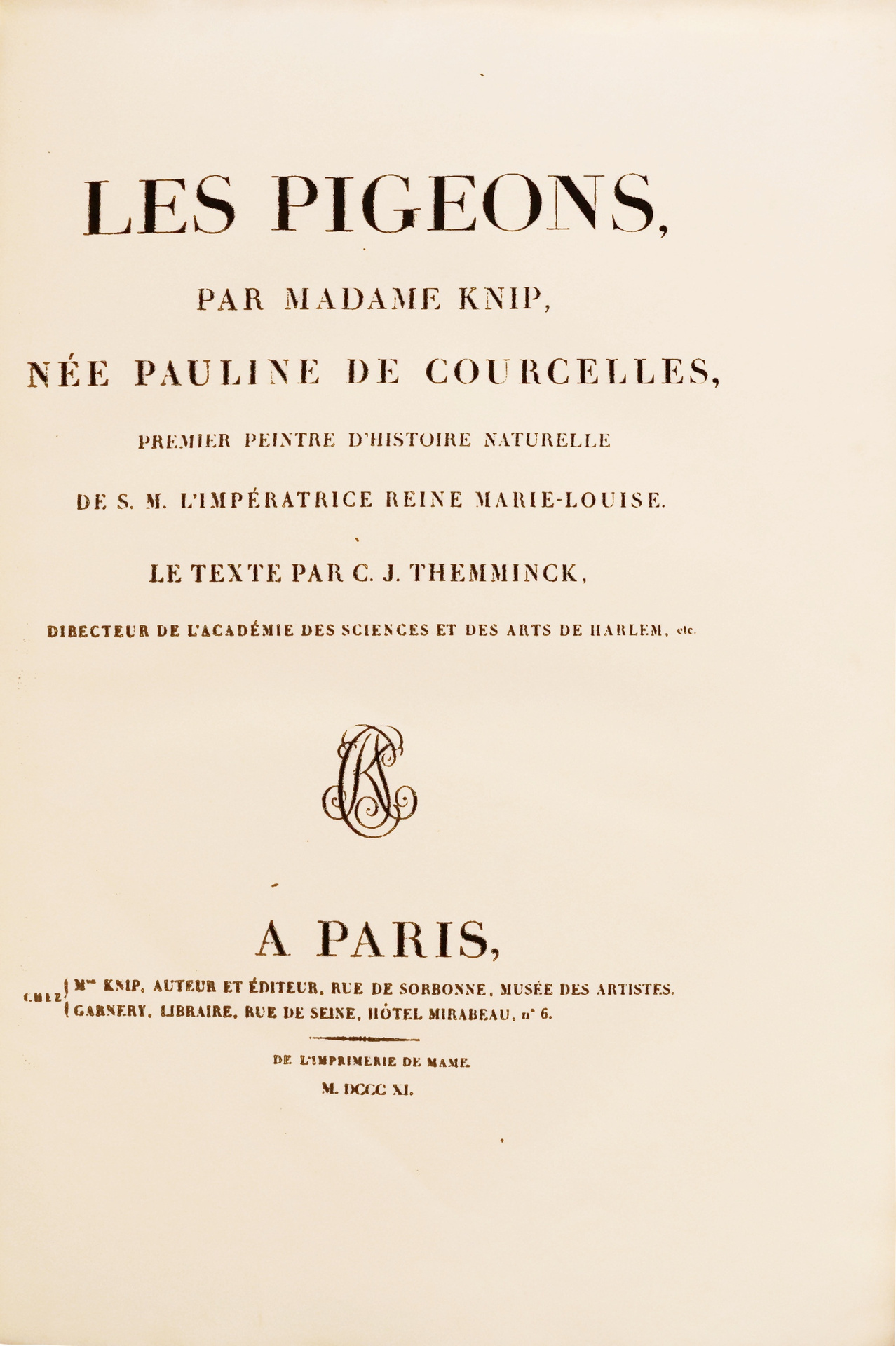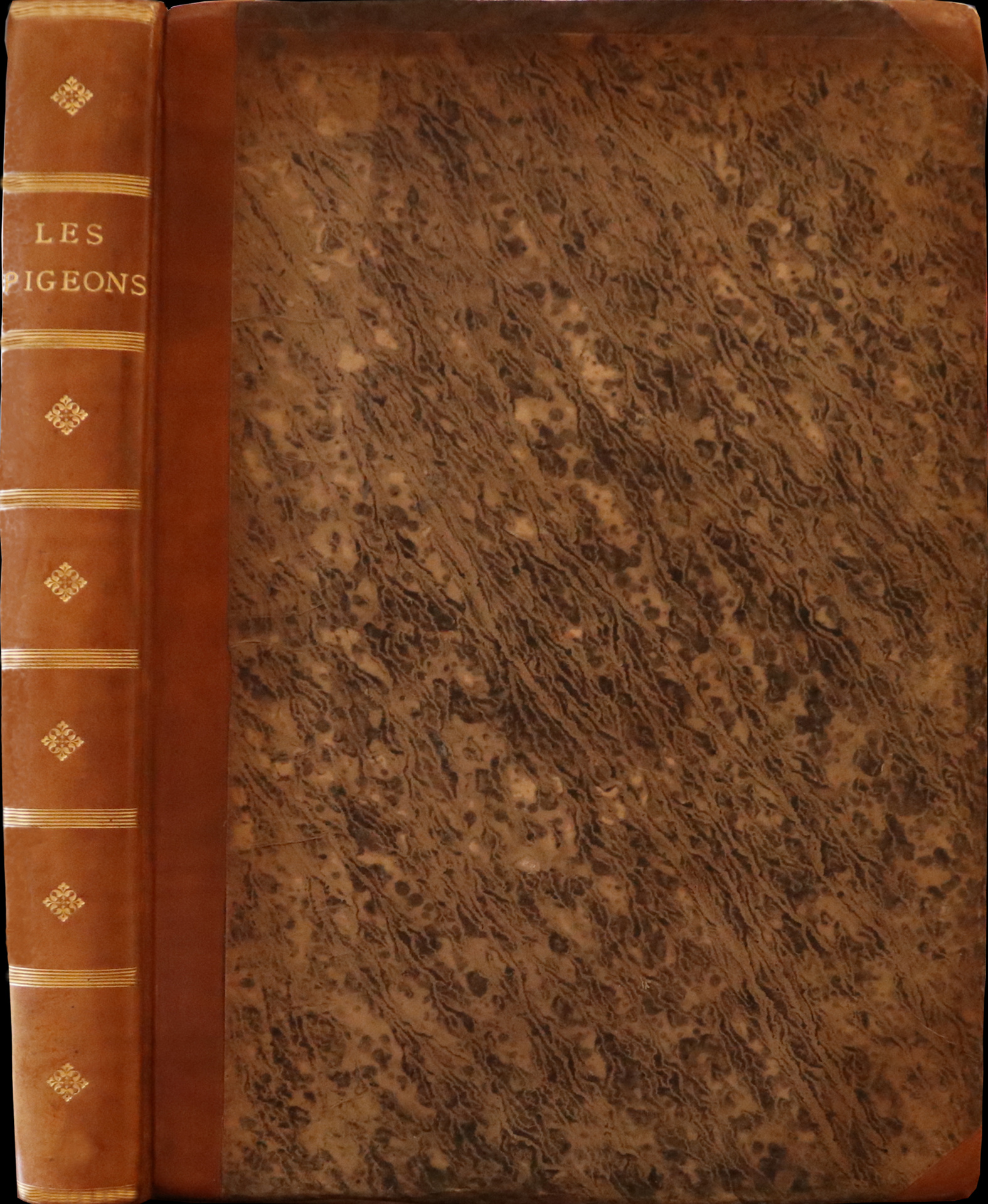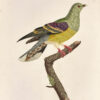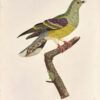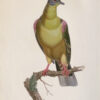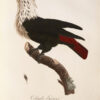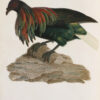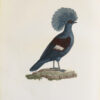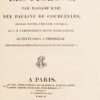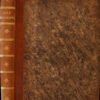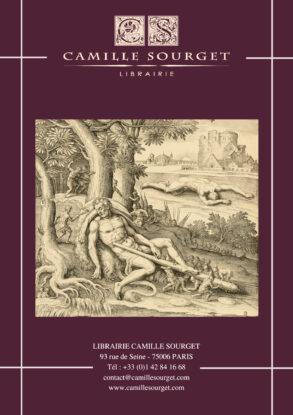Paris, [1808] – 1811.
Folio [546 x 356 mm] of (1) half-title, 87 plates printed in color and heightened by hand, few marginal foxing, one plate creased with a small tear (Colombe blanche). Contemporary half-brown calf, slightly rubbed. Contemporary binding.
First edition of this famous and superb work on pigeons.
Nissen, IVB, 511 (for the edition under the title Les Pigeons); Ronsil 2890; Sitwell, p. 113 (“Superbly painted and reproduced these are among the finest of all bird plates“); Wood, p. 420; Zimmer, p. 356. Copenhagen/Anker 261; Fine Bird Books 86.
“A magnificent work which includes all known individuals who are in the order of the pigeons, all are represented life- sized; these birds leave nothing to curiosity to the naturalists, by the precision of their plumage, the character of forms, and the truth of color. All the pigeons are painted from life with a striking and almost miraculous truth, so as to give a clear and distinct idea of each; it is the most beautiful and the most complete that exists on this part of natural history”. (Catalogue de la belle et riche collection de livres rares et précieux de M. Powis, n°130)
“This beautiful work, which contains 86 plates in color, is divided into three parts; the first with 11 plates, the second with 59 plates, and the third with 16. The whole, published in 15 issues, at the price of 30 fr. each. The first issues are dated 1808.” Brunet, V, 694.
The work is illustrated with 87 large plates, printed in color and heightened by hand engraved by César Macret and printed by Millevoy after the drawings of Pauline Knip.
Mrs. Knip, born Pauline de Courcelles (1781-1851), first painter of natural history of Marie-Louise, empress, was the student of Barraband.
“Superbly painted and reproduced these are among the finest of all bird plates” (Fine Bird Books).
According to Zimmer, “of the original folio of Temminck, entitled ‘Histoire naturelle générale des pigeons’, only twelve copies were seen and approved by Temminck, eight of which he retained himself“;
This information is corroborated by a note from Nissen reporting some information given by E. Coues in an article from 1878 about the “theft” of this edition by Mrs. Knip.
Very beautiful copy of great freshness, with vivid and shimmering colors.
